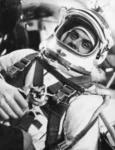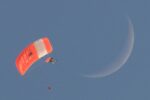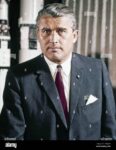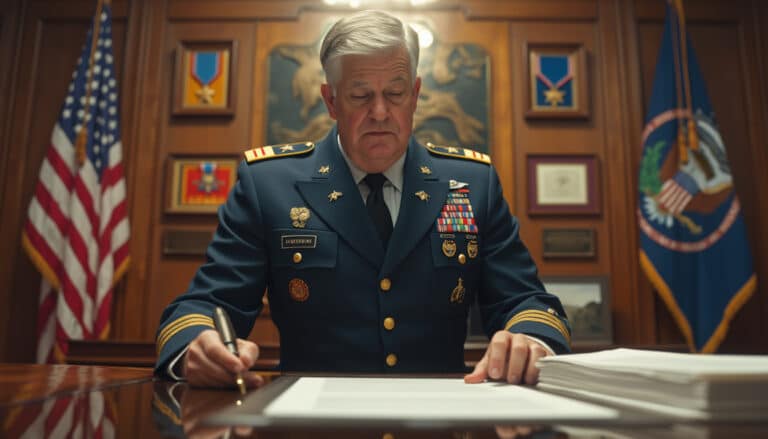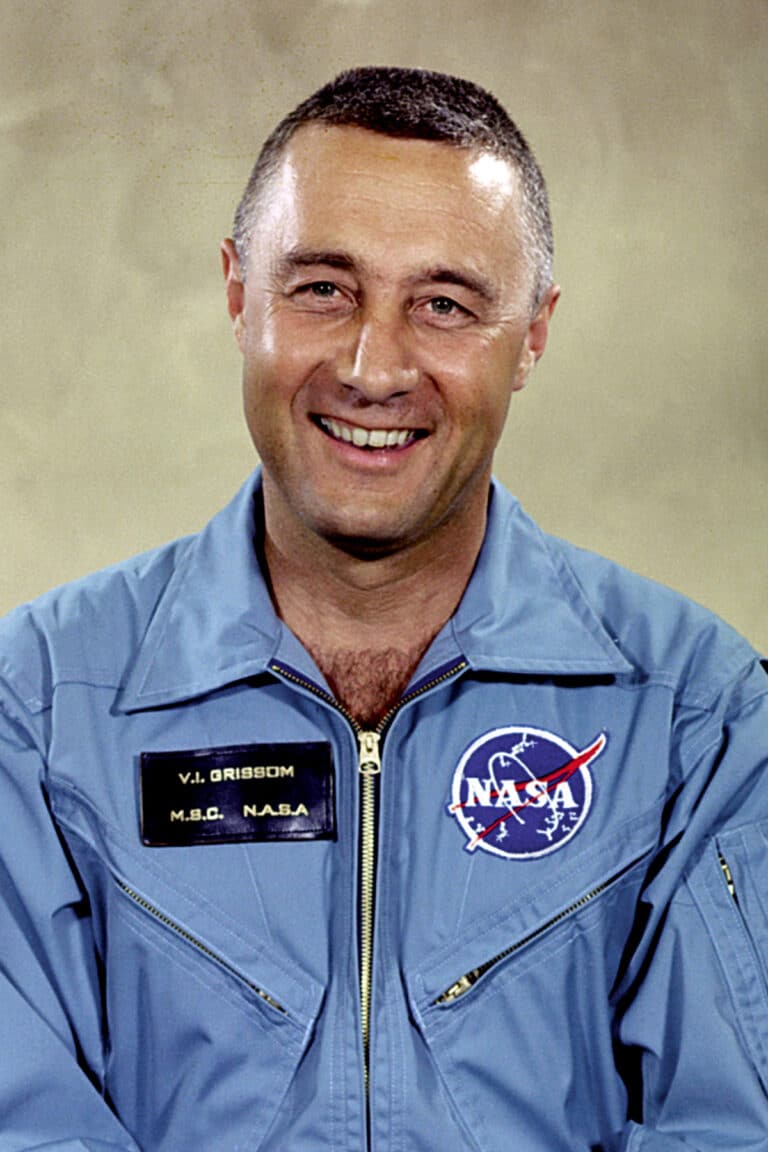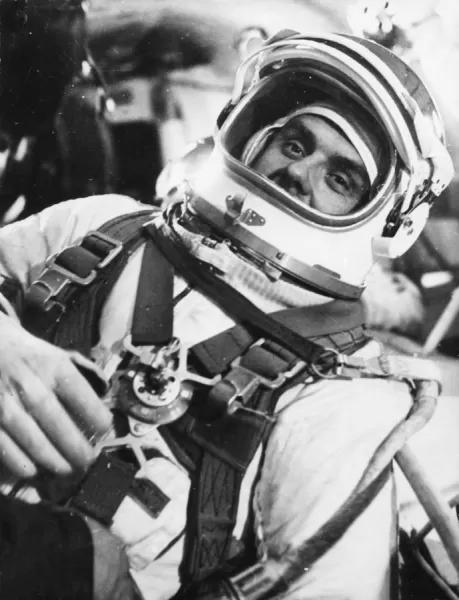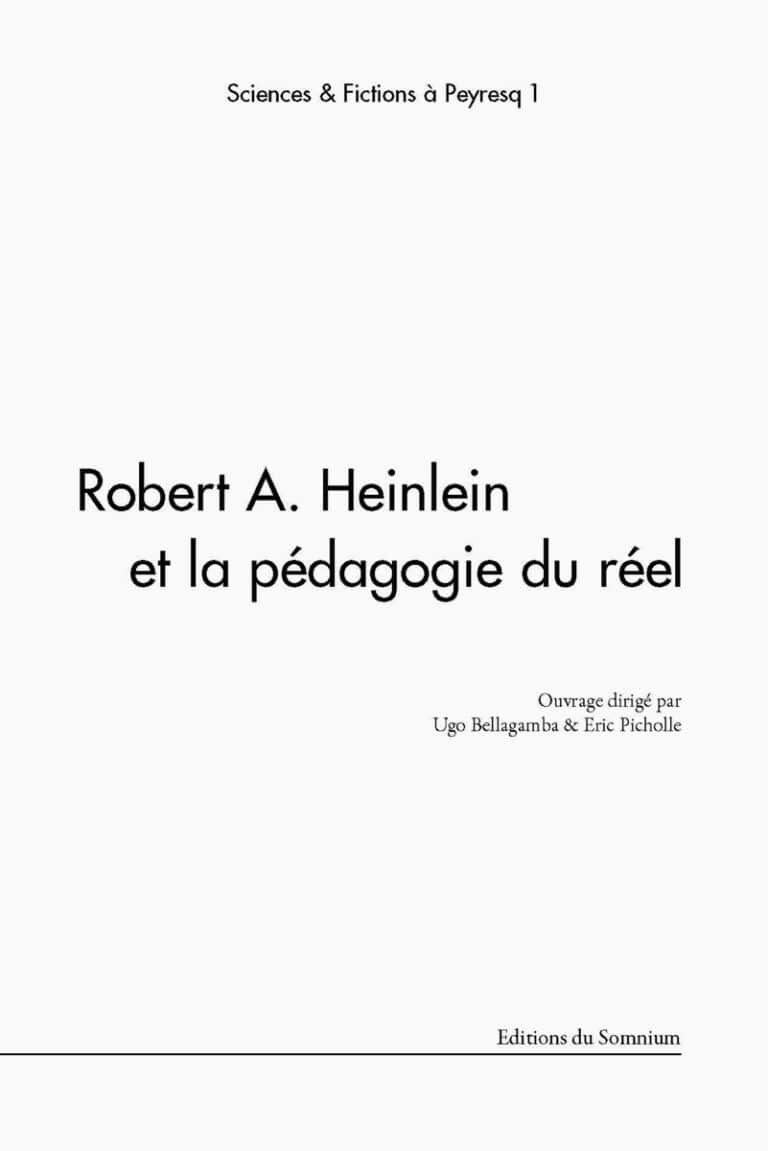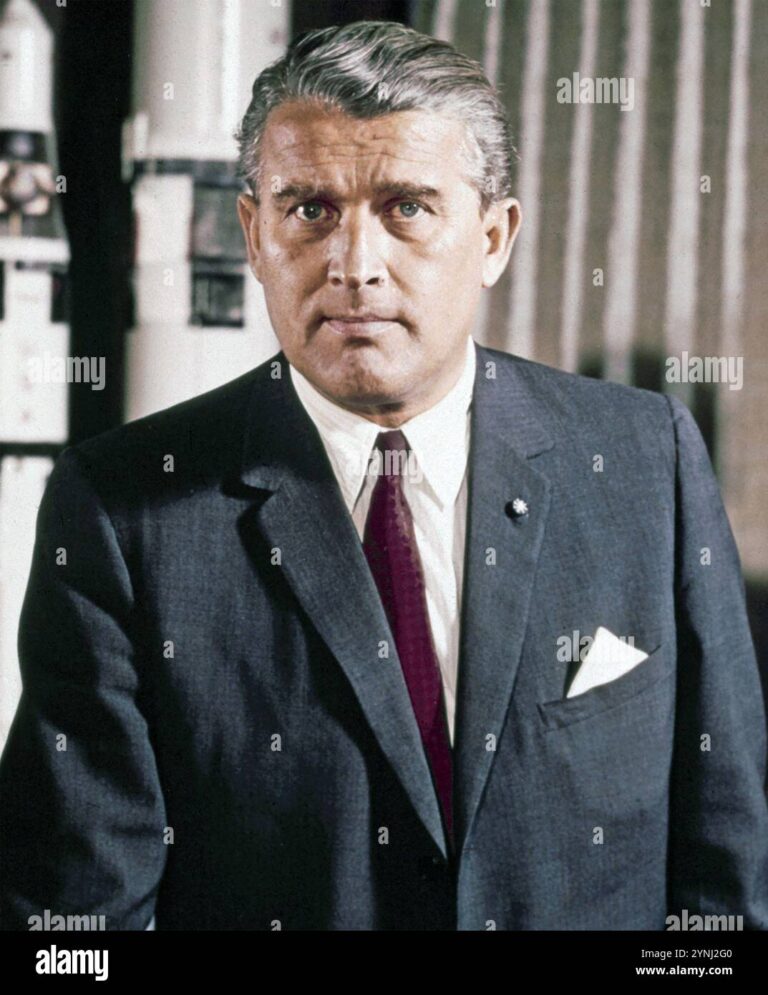Sergei Korolev, emblematic figure of aeronautics, was the driving force behind the soviet space revolution between 1957 and 1966. At the head of several innovative projects, he orchestrated the implementation of Sputnik 1, the very first artificial satellite, marking a historic turning point in the conquest of space. His exceptional engineering skills and visionary sense of innovation propelled the Soviet Union to resounding successes, notably with the first lunar probes of the Luna program. Korolev knew how to bring together the talents of his time, exploiting the know-how of the main design offices to establish Soviet domination in the face of formidable competition.
Table des matières
ToggleSergei Korolev’s role in the rise of the Soviet space program
Sergei Korolev, considered the father of Soviet astronautics, played a decisive role in the Soviet Union’s conquest of space. His bold vision and technical ingenuity propelled the space program to uncharted heights between 1957 and 1966. This ambitious project began with the launch of Sputnik 1, the very first artificial satellite, which marked the beginning of the space age.
Korolev knew how to galvanize the human and material resources around him, promoting unprecedented scientific emulation. Under his leadership, the first lunar probes of the Luna program were born, allowing the Soviets to take a considerable lead in space research. His expertise was crucial to the development of the R-7 Semiorka rocket, which was the first launcher capable of putting a satellite into Earth orbit.
Despite the financial and technical challenges, Korolev never wavered. His ambitions went beyond simple launches: he dreamed of a permanent base on the Moon, a goal that paved the way for bold future projects and set a pace for global space conquest.
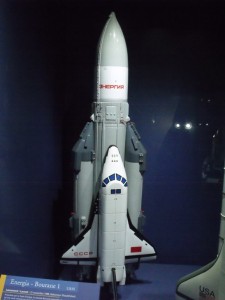
A Pioneer’s Vision: Sergei Korolev and the Soviet Space Program
Sergei Korolev, often considered the father of Soviet astronautics, played a decisive role in the conquest of space during the mid-20th century. Born in 1906, Korolev quickly showed an interest in aerospace science, and after graduating as an aeronautical engineer, he began working on rocket projects in the Soviet Union. In the 1930s, he participated in the creation of the first liquid-propelled rocket, the GIRD-09, marking his promising debut in the field of space research.
After years of repression and imprisonment, Korolev was released in 1944 and took the reins of the then embryonic Soviet space program. Under his leadership, work accelerated, and his team succeeded in designing launchers capable of transmitting payloads into space. The rocket R-7 Semiorka, born from his brilliant mind, will become the first rocket to place a satellite in orbit, marking a key milestone in the history of space exploration.
The turning point comes with the launch of Sputnik 1 on October 4, 1957. From this unprecedented achievement came a shock wave on a global scale. Sputnik 1 becomes the very first artificial satellite, propelling the Soviet Union to the forefront of the world stage and placing the Soviet space program at the forefront of space conquest. This resounding success prompted the Soviet government to ask Korolev to prepare other missions, and he then embarked on ambitious projects, thus becoming the undisputed leader of the Soviet space program.
With Korolev at its head, theUSSR deploys a series of groundbreaking missions to the Moon. Between 1957 and 1959, the first lunar probes of the program Luna are launched, allowing crucial information to be collected on the lunar surface and space conditions. These advances not only increase the prestige of the Soviet Union, but also lay the foundations for more complex missions to come.
As part of the space program, Korolev’s work also led to the design of the first manned spacecraft, Vostok. It was under his leadership that Yuri Gagarin became, on April 12, 1961, the first man to travel into space, thus fulfilling the dream of manned space flight. This feat, known as Gagarin, caused a wave of euphoria among the Soviet population, further consolidating the position of the USSR in the space race.
As competition between the United States and the Soviet Union intensified, Korolev continued to refine space projects. He dreams of more distant missions, including the installation of permanent bases on the Moon and the exploration of Mars. These ambitions demonstrate its long-term vision and the infinite potential of space exploration. However, financial difficulties and internal rivalries ultimately led to constraints in carrying out its projects.
Despite the obstacles, Sergei Korolev’s legacy endures. His determination, ingenuity and passion for space laid the foundations for the Soviet space program, propelling an entire generation of engineers and scientists toward continued exploration of the stars. His contributions not only allowed the USSR to shine on the world stage, but also inspired generations of space explorers, both at home and abroad.





